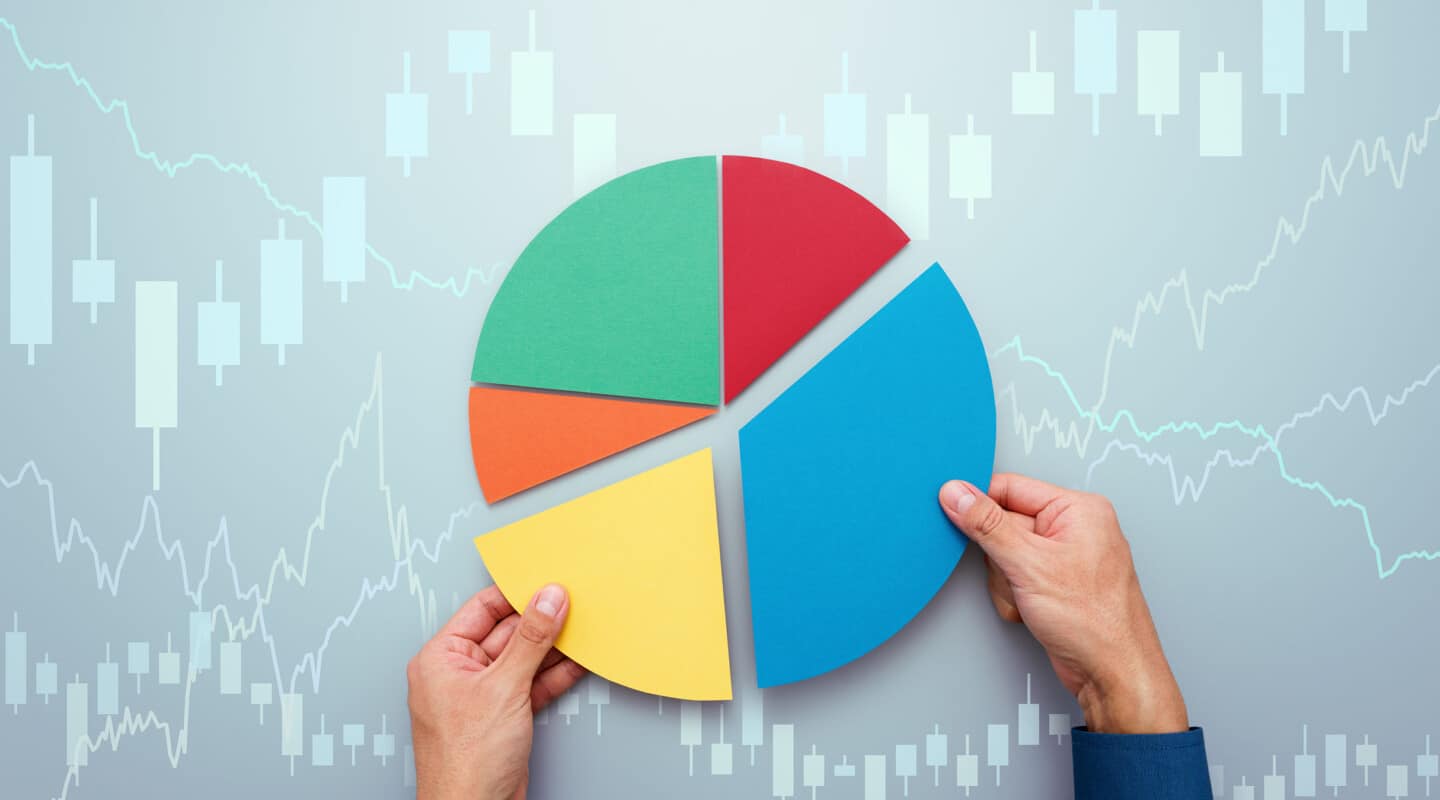For the past few decades the Canadian economy has experienced exceptionally low inflation rates ranging from one to three per cent. Unfortunately, Canadians today are challenged with a 30-year high inflation rate of 6.8%, with expectations that it will remain high through 2023. With rising inflation rates, how does this impact your income and investments? And what should you do?
What is inflation?
Inflation is a measurement of the increase in the cost of goods and services over time, which in turn impacts the purchasing power of your money. For example, an apple today could cost you $1, but the following year it could be priced at $1.07. In Canada, inflation is measured using the Consumer Price Index, which tracks the increase in the prices of goods and services across eight major categories. From April 2021 to April 2022, gasoline, food and shelter have all seen inflated prices that are more than double the Bank of Canada’s (BoC) benchmark goal of three per cent maximum. These rising prices mean that the quality of life for those with low, stagnant and fixed incomes will be significantly impacted, consumers will afford less goods and services, and businesses may generate lower profits. To learn more about inflation, please visit the Bank of Canada.
Why is inflation rising in Canada?
Inflation in Canada has been greatly impacted by both national and international pressures, such as:
- record low-interest rates
- government’s pandemic response to stimulate the economy
- massive disruptions in the global supply chain
- and the ongoing war in Ukraine driving up commodity prices
To slow down and reduce inflation, the BoC has begun increasing interest rates in phases, which discourages consumers and businesses from borrowing money and spending. While these increases put added pressure on businesses and families in the short term, if implemented correctly these can bring down inflation and stabilize markets too.
Investing during high inflation
During times of high inflation and uncertain global markets, it is not uncommon to feel anxious as you watch interest rates rise and some or all of your investments fall. Investors who have more experience and can tolerate more risk with their money may look for opportunities to capitalize on certain industries or investments that have outperformed during periods of high inflation. It is worth noting that the past performance of any investment is not an indicator of future performance. By attempting to change your portfolio to capitalize on different economic situations, you are exposing yourself to the risk of trying to time the market, which more often than not will have you underperform average market returns.
During bear markets (when markets decline by more than 20%), it is important to recognize how you may be feeling about your portfolio and revisit your financial plan and investments. If you work with a financial advisor, you may want to arrange a meeting with them to discuss the long-term view of your investments and how they are tracking towards your financial goals for peace of mind. For those without an advisor, remember that periods of high inflation may be temporary. Higher interest rates and recovering global economies may lessen the severity of inflation quicker than you think. Before you take any action, consider the time horizon of your investments and their underlying fundamentals. If you need more help assessing the long-term suitability of your investment portfolio and financial plan, you may want to talk to a financial planner or a registered financial advisor.
Without question, Canadians are facing challenging times. When it comes to your investments, stay focused on your financial goals and avoid the noise in the news and media. By maintaining a long-term view and a diversified investment portfolio aligned to your risk tolerance and goals, you can weather the storms of uncertain markets.







